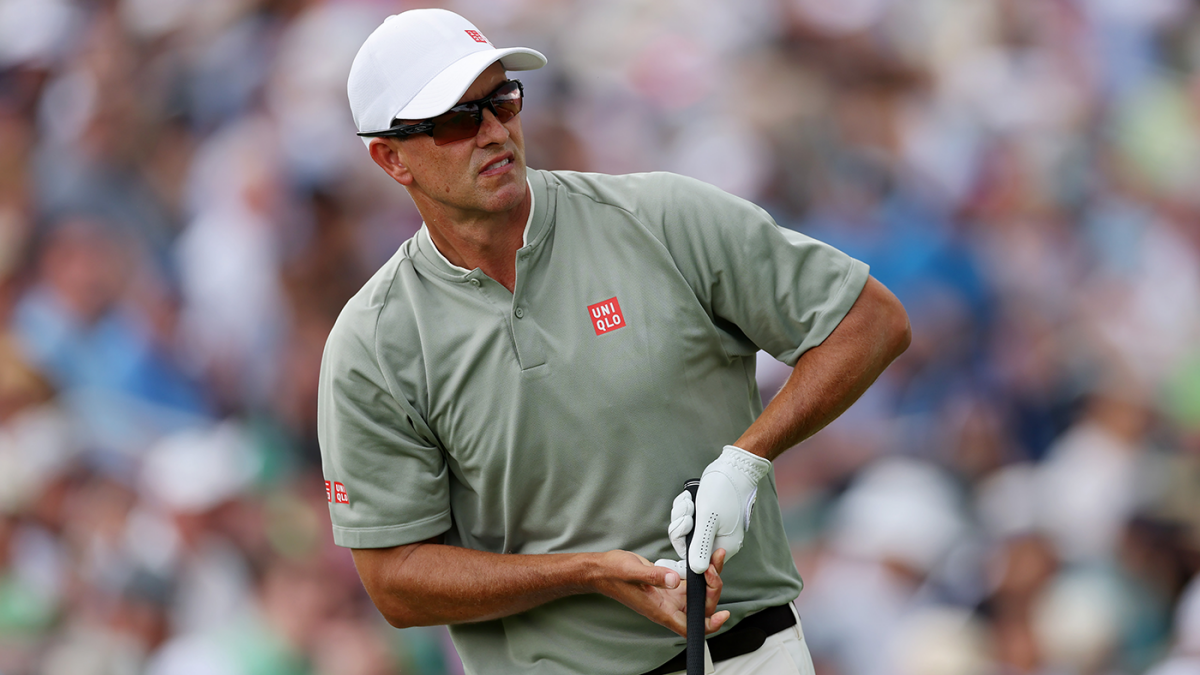Navigating the Intricacies of the 2025 U.S. Open: Betting Insights and Player Dynamics
The 2025 U.S. Open at Oakmont Country Club is poised to captivate golf enthusiasts and bettors alike, blending storied course challenges with a field brimming with talent. Beyond the thrill of competition lies a complex betting landscape shaped by shifting leads, weather-influenced dynamics, and individual player form. This analysis dives into the key players, course difficulties, betting strategies, and expert perspectives to provide a nuanced understanding of this major event.
Leaders and Contenders: Decoding the Competitive Landscape
At the halfway mark, Sam Burns stands at the apex, holding a narrow lead with odds hovering around +160. His demonstrated poise in adverse weather and ability to navigate Oakmont’s exacting terrain position him as the logical favorite. Burns’ aggressive yet calculated style offers an edge on this course where precision and nerve are paramount.
Trailing closely is Adam Scott, the seasoned campaigner with odds near +17000, a figure that belies his genuine threat level. Scott’s experience under major championship pressure and methodical approach might just enable him to overturn the leaderboard in the finale. His presence underscores a classic duel between youthful vigor and seasoned resilience.
Other players adding depth to the contest include:
– Ryan Fox, who, despite 75-1 odds, brings momentum from recent PGA Tour successes.
– Scottie Scheffler and Rory McIlroy, each with solid but not dominant odds, representing steady competitive forces.
– Bryson DeChambeau, Jon Rahm, and Ludvig Aberg, whose range of odds (+900 to +1800) reflect varied recent performances yet maintain their reputations as potential game-changers under the right circumstances.
Together, this presents a layered field where favorites hold status but underdogs retain viable paths to upset.
Oakmont’s Challenge: The Crucible of Skill and Strategy
Oakmont Country Club’s defining features—punishing fairways, razor-sharp greens, and perilous bunkers—make it one of golf’s sternest tests. The inclement weather, particularly rain around the third day, added another variable, demanding adaptability and strategic caution.
This environment rewards players who excel in risk management and maintain composure amid shifting conditions. Such traits benefit experienced golfers comfortable with course theatrics and fluctuating momentum. The leaderboard’s compression illustrates how the combination of course difficulty and weather tempers scoring opportunities, magnifying even minor lapses.
Betting Approaches: Strategizing for Value and Risk
Betting within this context involves balancing the reliability of favorites with the potential rewards of well-timed risks on outsiders:
– Backing Sam Burns aligns with logic—he leads and exhibits form, though returns remain modest at +160. Augmenting straightforward bets with props (e.g., top-5 finishes) or targeted matchups can enhance value.
– Adam Scott stands out as an enticing underdog, representing a blend of lower odds and credible upside given his proximity to the lead and veteran savvy.
– Ryan Fox offers high-risk, high-reward potential, attractive for those willing to embrace uncertainty given his recent surge.
– Emerging sleepers like Ludvig Aberg are worth monitoring, especially if odds inflate late, potentially providing lucrative payoff opportunities.
Dynamic live betting gains importance here, as Oakmont’s challenging holes can trigger momentum swings that rapidly alter prospects and associated betting lines.
Expert Consensus and Trends: Assessing Predictions Amid Uncertainty
Analytical consensus converges on Burns and Scott as central protagonists. Burns’ youth and aggressive approach coalesce perfectly with Oakmont’s demands, while Scott could exploit any faltering from the leader to clinch a surprise triumph.
Predictive skepticism surrounds established names like Jon Rahm, where recent analytics hint at underperformance relative to expectations. Meanwhile, consistent performers such as Scheffler remain contenders but lack immediate leaderboard impetus.
The overriding theme involves a volatile finale shaped by weather and course complexities, emphasizing the need for agile betting strategies and real-time awareness.
Closing Insights: The 2025 U.S. Open as a Testament to Skill and Strategy
With the final round imminent, the 2025 U.S. Open epitomizes golf’s capacity to blend raw talent, strategic intelligence, and environmental challenge. Sam Burns’ slight lead and Adam Scott’s looming presence set the stage for a compelling showdown, enriched by a deep cast of contenders.
For bettors, the event exemplifies the delicate dance between favoring consistency and daring to seize value on outsiders. The combination of Oakmont’s relentless difficulty and unpredictable weather ensures that the championship outcome—and the fortunes of those wagering—will hinge on composure, adaptability, and tactical execution.
This tournament will linger in memory not only for its fierce competition but also for the emerging narratives and testaments to grit that define golf’s grandest occasions.











